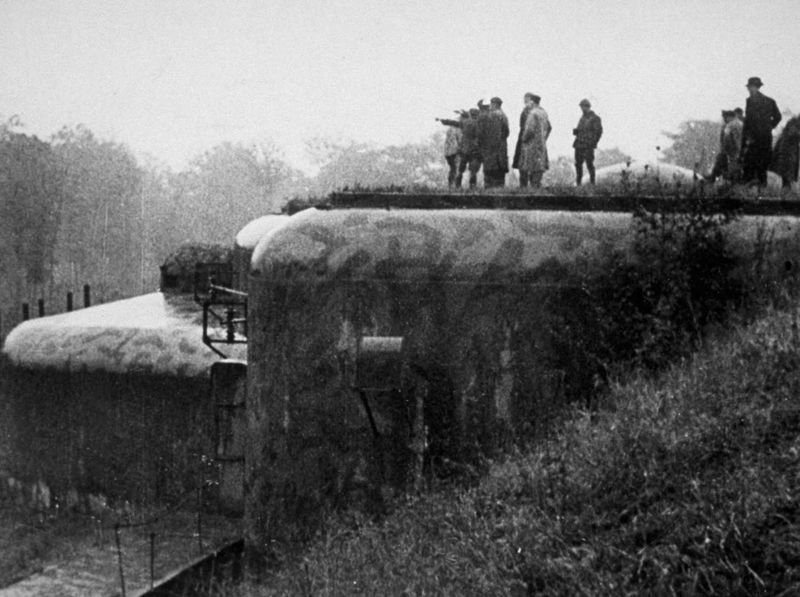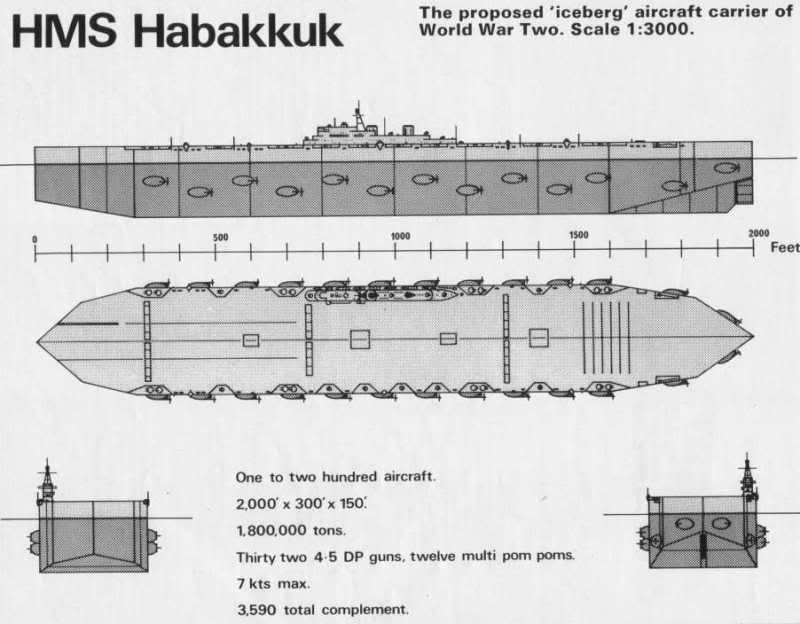And most of the time, this phrase holds true. But every so often, in the heat of battle, people make honest mistakes. So without further ado, here are some of the epic fails in war history that we’ve heard of. Feel free to add some more in the comment section.
“Battle is the great redeemer. It is the fiery crucible in which true heroes are forged.”
1. The Great Emu War
The Australian army went up against 20,000 emus. And lost.
In the early 1930s, many former Australian and British soldiers were given land in Western Australia, to encourage them to get into farming. Pretty soon they realised they weren’t the only ones heading to the farmland as they were joined by 20,000 emus. Think Alfred Hitchcock’s Birds, just on a much larger scale.

So naturally, the former soldiers responded the only way they knew how. They called in the army.
In came Major Meredith of the 7th Heavy Battery of the Royal Australian Artillery armed with two machine guns and 10,000 rounds of ammunition. The result? Well, here’s what ornithologist Dominic Serventy had to say:
The machine-gunners’ dreams of point blank fire into serried masses of Emus were soon dissipated. The Emu command had evidently ordered guerrilla tactics, and its unwieldy army soon split up into innumerable small units that made use of the military equipment uneconomic. A crestfallen field force therefore withdrew from the combat area after about a month.

Needless to say, the emus managed to outwit their adversaries while losing about 50 birds. The Australians suffered no casualties, but lost a fair amount of their dignity.

2. The Battle of Karansebes
In 1788, the Austrian army went to war. Against itself.
If this story sounds too hilarious to be true, you’re probably in luck. There isn’t too much evidence to suggest this actually happened, but there’s a chance it might have, so here we go.
In 1788, the Austrians were fighting the Ottoman Empire and locked in a battle for the Danube River. A 10,000-strong-force had set up camp near the village of Karansebes and sent out a group of scouts across the river, to look for signs of the Ottoman soldiers.
They didn’t find any enemies but they did manage to find a band of gypsies. Gypsies loaded with a lot of alcohol.

As the scouts enjoyed the effects of their newly purchased beverages, some more soldiers from the army crossed the river and upon hearing the ruckus, decided to invite themselves to the shingding (party crashers have been around for ages people), while the scouts refused to share.
A heated argument broke out, a bigger crowd gathered and one of the soldiers fired a shot. Amidst all this mayhem, some idiot shouted that the Turks had arrived. Immediately, most soldiers fled the scene while others grabbed their guns and began firing. At this point what the soldiers needed was a cool, calm leader with presence of mind. What they got instead, was this:

The confusion was exacerbated by the fact that the Austrian army consisted of Serbs, Croats, Poles and Austrians who couldn’t understand each other.
Needless to say, when the Turks finally did arrive, they discovered Karansebes completely unoccupied, but for 10,000 dead or wounded Austrian soldiers.
Once again, this story is probably false, but still, what a story.
3. The Maginot Line
The French built a line of concrete fortifications and weapons installations along the border with Germany to stop a potential German invasion. So the Germans went around it through Belgium.
World War I was a pretty bad experience for France. To be honest, it was a bad event for almost everybody but it was especially punishing on the French. So after the war, they figured they didn’t want Germany marching in again, decimating them on their own soil. And thus, the Maginot Line was born.
A long line of concrete fortifications, obstacles and weapons installations, the Maginot Line was specifically designed to keep the Germans out.
Long story short. It didn’t.
The problem was that the line just extended along the French-German border but didn’t go all the way to the Belgian border. And that proved to be their downfall.

The Germans simply bypassed the entire fortification by invading France through the Netherlands and Belgium.
The estimated cost of the Maginot Line? 3 billion French francs.
4. Project Habakkuk
During World War II, Britain had a secret plan to beat the German U-Boats. An aircraft carrier made of ice.
At the height of World War II, the British Royal Navy was taking a pounding at the hands of its German counterparts. Plus the war effort was draining their steel and aluminium supplies, so the British encouraged their scientists and engineers to come up with alternative materials to use. Also, they needed something that could withstand the fire power of the Germans.

One bright spark, Geoffrey Pyke, had what must have seemed like a pretty brilliant idea.
A 2,000 foot long aircraft carrier made out of ice and wood. Yep, sounds like a totally fail safe, completely logical, well thought out idea. What could possibly go wrong?

In fact, it wasn’t as fanciful as it seems. The British even managed to build a smaller prototype of it in Alberta, Canada. When they tested it with ballistics, they discovered that a direct torpedo hit only made a 10 foot crater in the hull. Considering that the ship was 30 feet wide and 60 feet long, the damage sustained wasn’t much.

The rising costs and the inability to create a working rudder halted plans to put the ship in production and the project was finally shelved.
The ship though, proved extremely resilient. It took three hot summers before it completely melted. Granted, those were probably Canadian summers. But still. 3 years.
5. The Invasion of Russia
Two of the most well known military leaders of modern times were defeated. By bad weather.
Okay, “bad weather” is putting it mildly. If there’s one thing world history has taught us, is that no matter who you are, invading Russia is not and has never been the best idea.
In 1812, Napoleon assembled what was arguably the largest military force at the time and proceeded to invade Russia. Within 6 months, his army was almost completely wiped out by freezing temperatures, food shortages and disease.

By 1814, Napoleon had been forced into exile.
Almost 150 years later, Hitler’s Nazi juggernaut had terrorized Europe and had brought most of the continent under his rule. It was then that he decided Soviet Russia was the next logical step.

Within 4 years of the invasion, the Germans were on the retreat with the Allies advancing into the German heartland. A few months later, Hitler committed suicide.
Moral of the story? In Russia, country invades you.
6. Battle of the Crater
During the American Civil War, Unionists dug a tunnel under the Confederates to catch them by surprise. But instead, they got themselves trapped.
By 1864, civil war had been raging through the United States of America for over 3 years and neither side seemed any closer to victory. The war itself was witness to many iconic battles, but none were as facepalm-worthy as the Battle of the Crater.

Petersburg was a logistically important town for the Confederates, linking four railroad lines to the capital of the Confederate state, Richmond. The Unionists needed a brilliant idea to capture the town. Step in Lt. Colonel Henry Pleasants. The colonel proposed digging a tunnel and blowing a hole underneath the Confederate army. That was an idea that sounded good in theory.

It took them a while, but they finally dug the tunnel and stuffed it with enough explosives. When the fuse was lit, the ensuing explosion killed over 278 Confederate soldiers and after about ten minutes, Union soldiers quickly flooded the tunnel into the Confederate army base.
Problem was, the explosion created a huge crater. The Union soldiers charged into the crater but weren’t able to get out and were quickly annihilated by Confederate forces shooting down on them.
7. The Anglo-Zanzibar war
The British and the Zanzibar Sultanate ended up fighting the world’s shortest war ever. All of 40 minutes long.
In the 1890s, the political climate of the island of Zanzibar (part of present day Tanzania) was tenuous to say the least. As the result of a lot of convoluted treaties (that we won’t get into) involving the Sultanate, the British and the Germans, the island was by and large under the influence of the British Empire. But things started to get messy when Sultan Hamad died and his nephew, Khalid bin Bargash, seized power.
The Brits being Brits decided that they didn’t like Khalid bin Bargash (despite his interesting sounding name) and preferred Hamud bin Muhammed.

Despite numerous warnings from his advisors, Khalid mustered his forces of over 2,800 men armed with rifles and muskets, along with a 17th century canon and two 12-pounder field guns. On a side note, the Sultan’s troops also captured the Zanzibari Navy, which consisted of a grand total of One. Wooden. Sloop.

In response, the British replied by bringing in 3 Archer-class cruisers and one Edgar-class cruiser. Talk about escalating things.

On 27th August at 0800 hours, the British sent a message to the Sultan saying he would “only have salvation if he agreed to the terms of the the ultimatum”.
At 0830 hours, Khalid responded saying, “We have no intention of hauling down our flag and we do not believe you would open fire on us”.
So naturally at 0900 hours, the British opened fire. This, was the aftermath.

Within 40 minutes, the bombing was halted. The palace and its attached harem was in flames, the Sultan’s artillery had been defeated and his flag had been cut down. All in all, around 500 people were wounded or killed. Oh and the entire Zanzibari Navy had been destroyed in the 40-minute debacle.
Mental note: If you’re going to wage a war, the least you can do is make sure your forces last a day. Or even an hour.

















